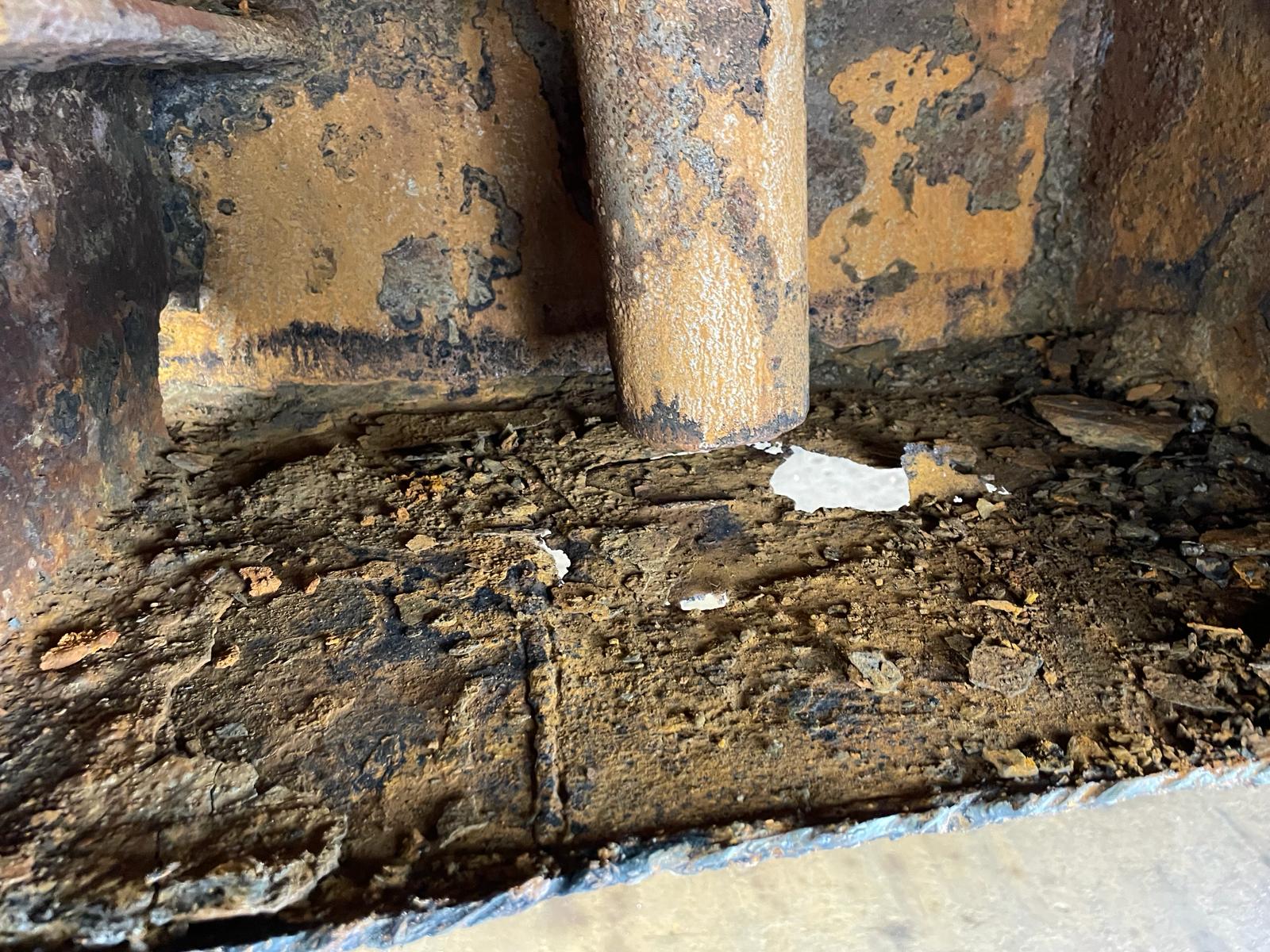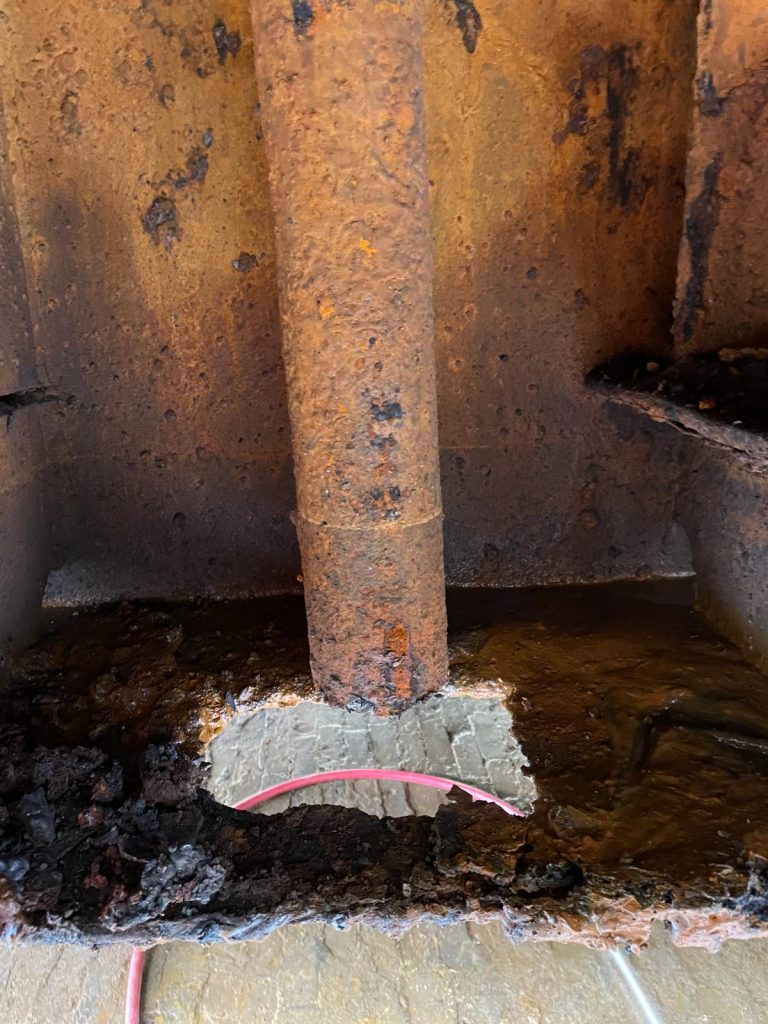
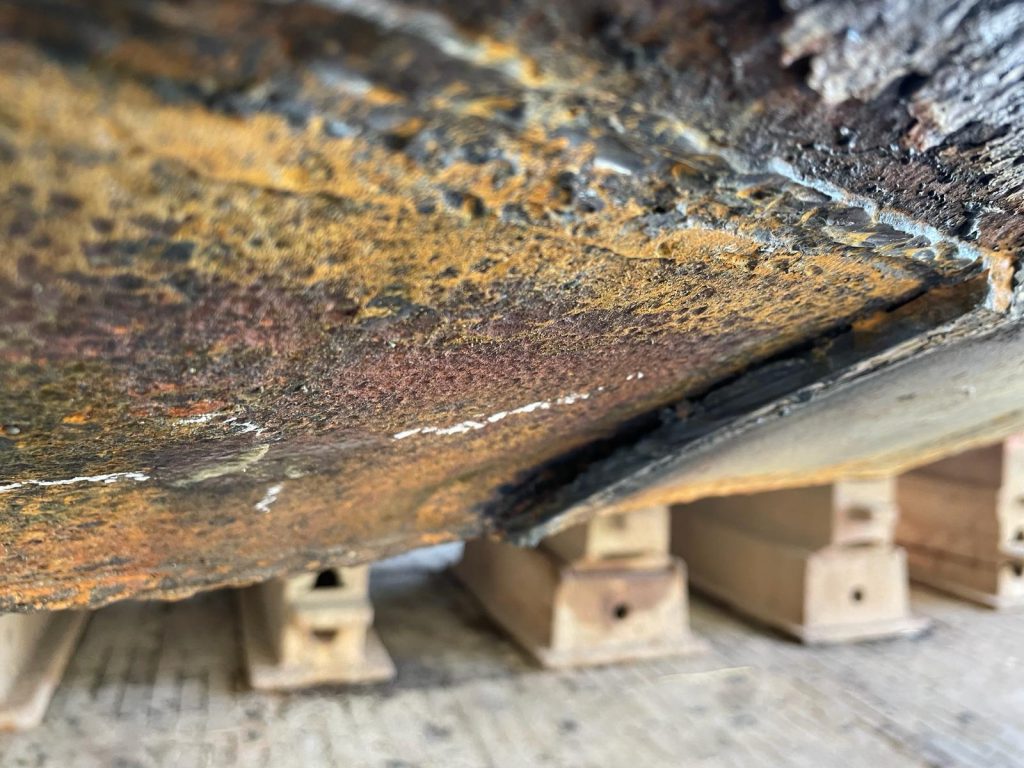
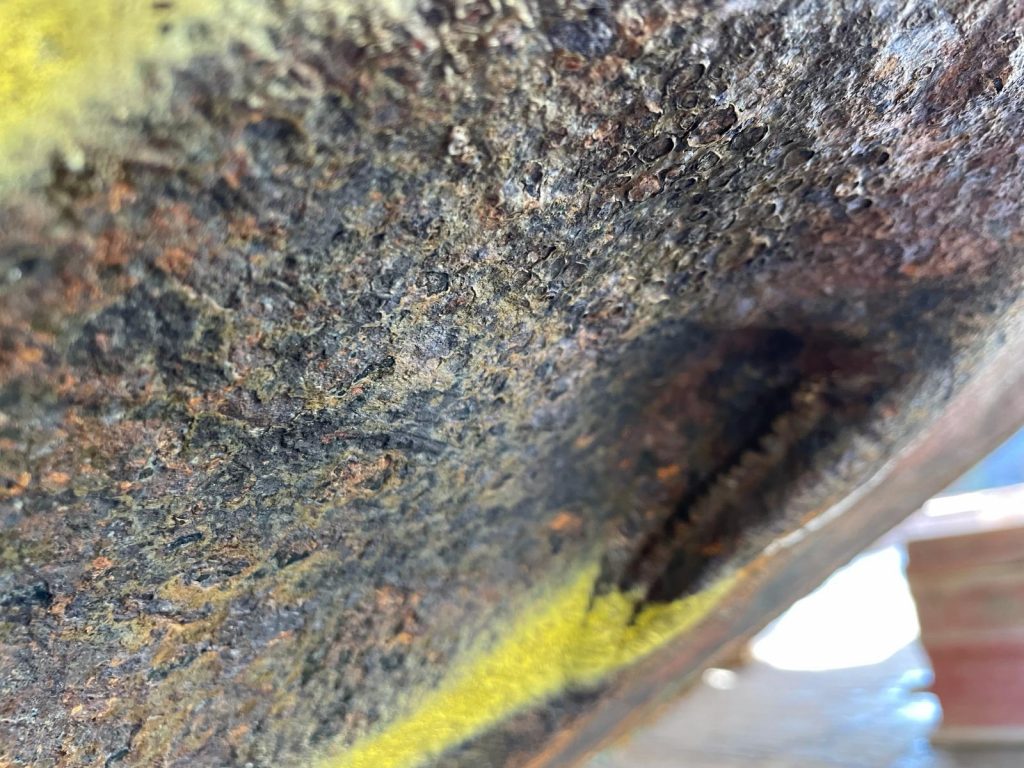
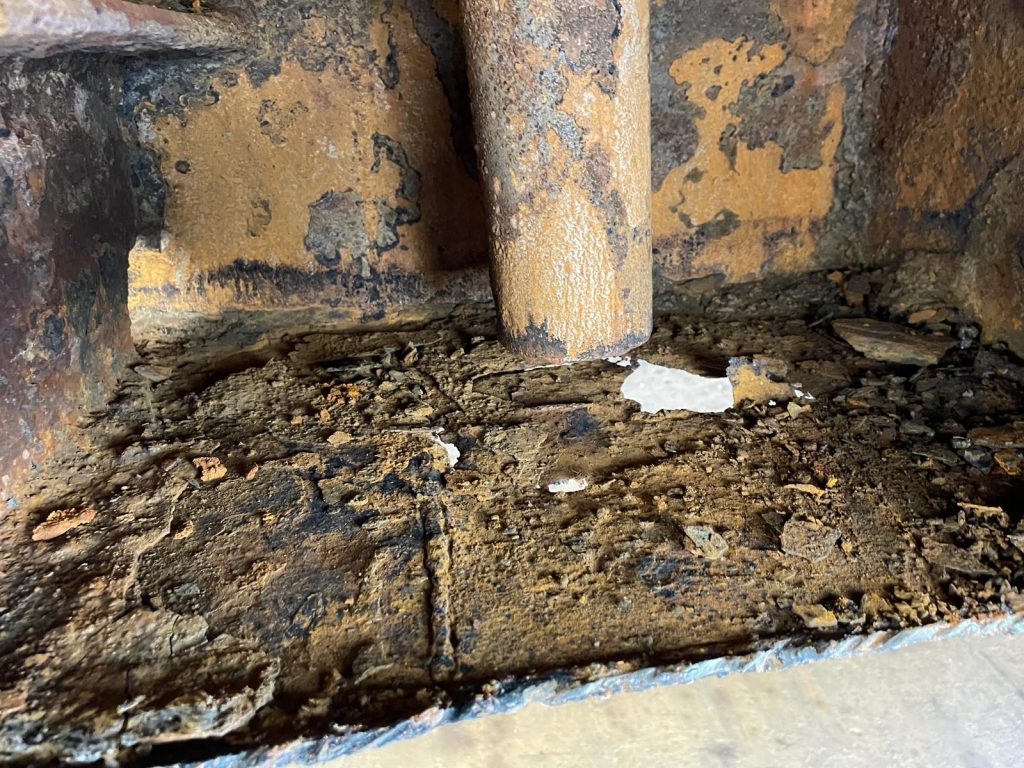
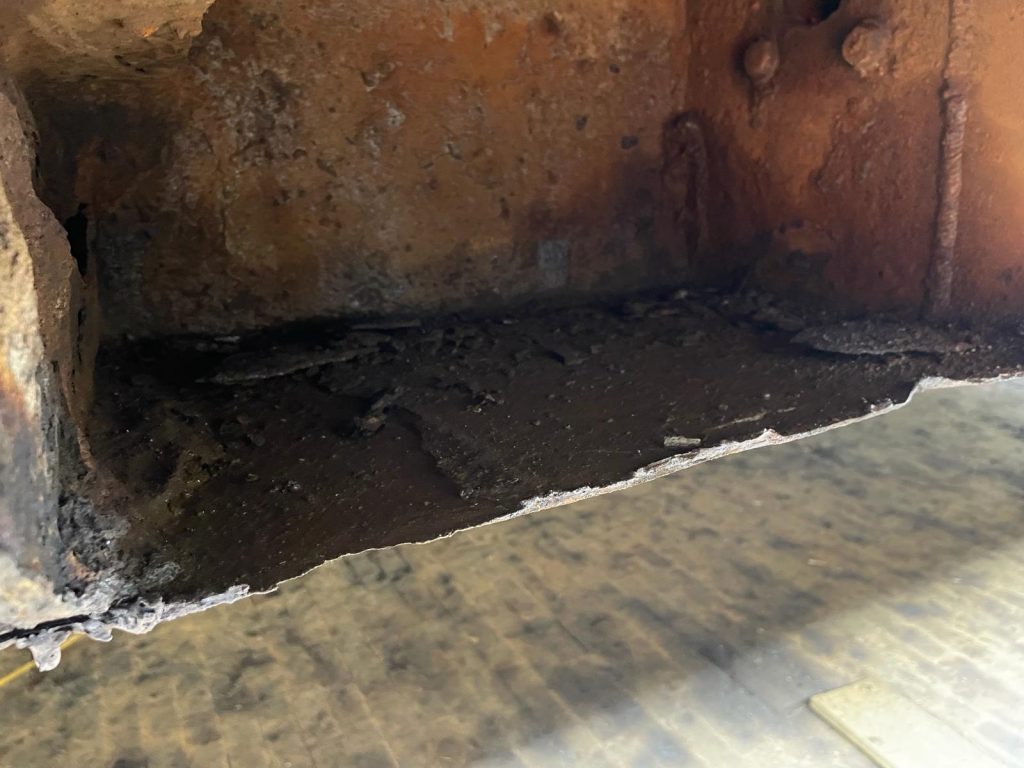
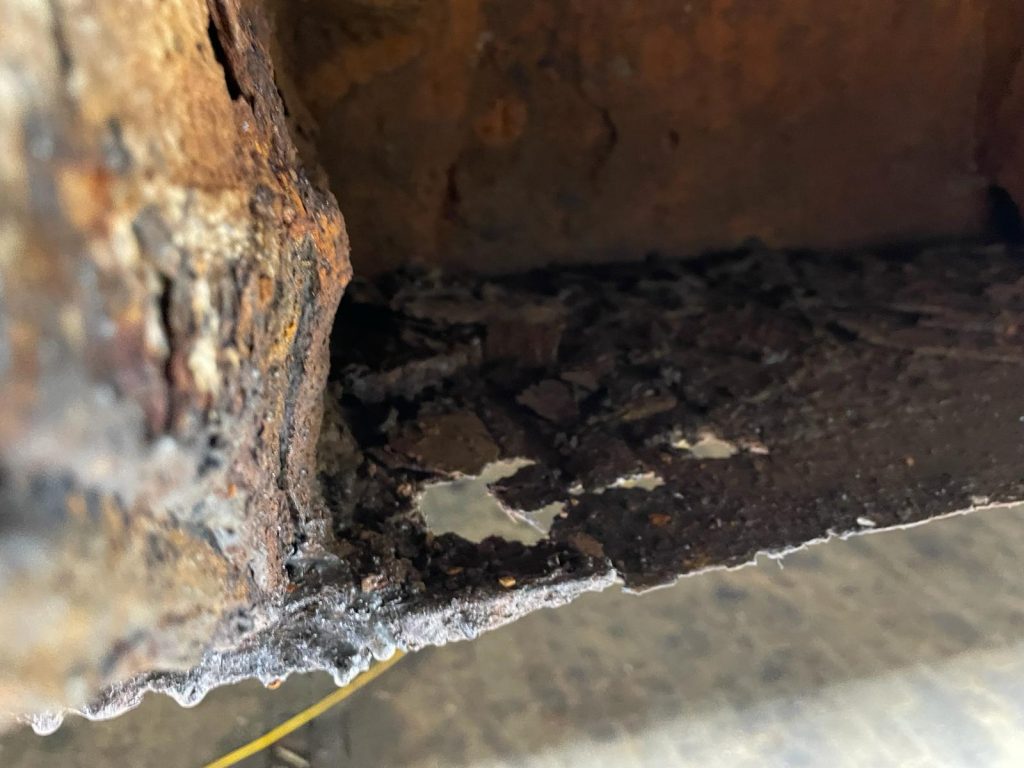
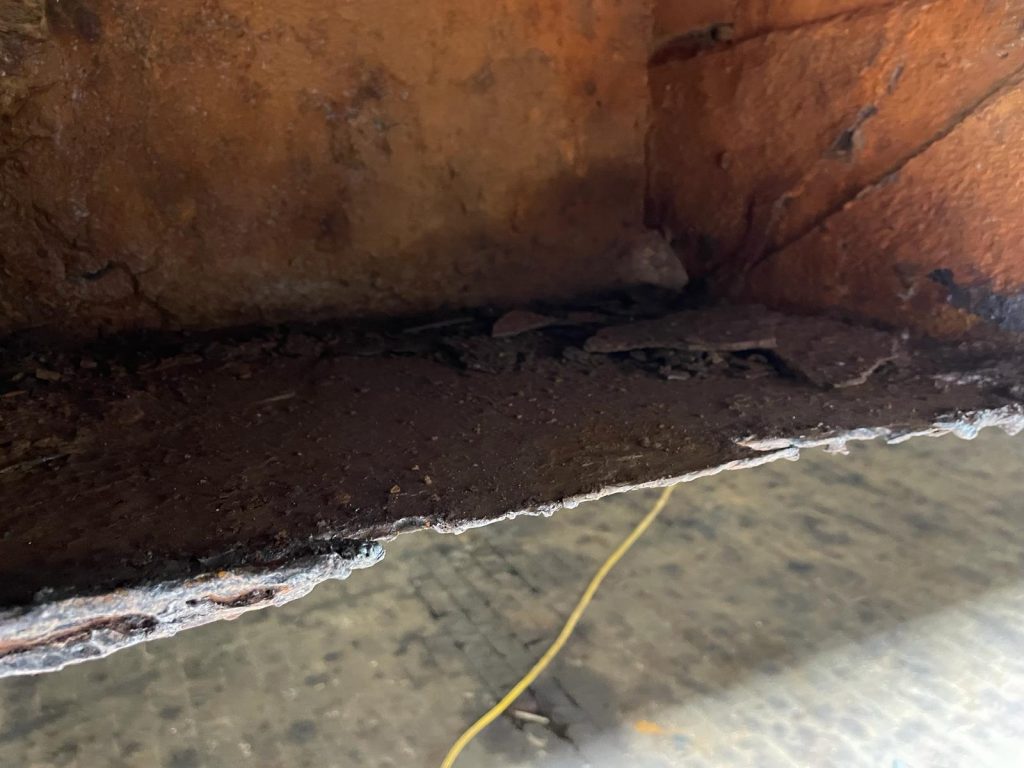
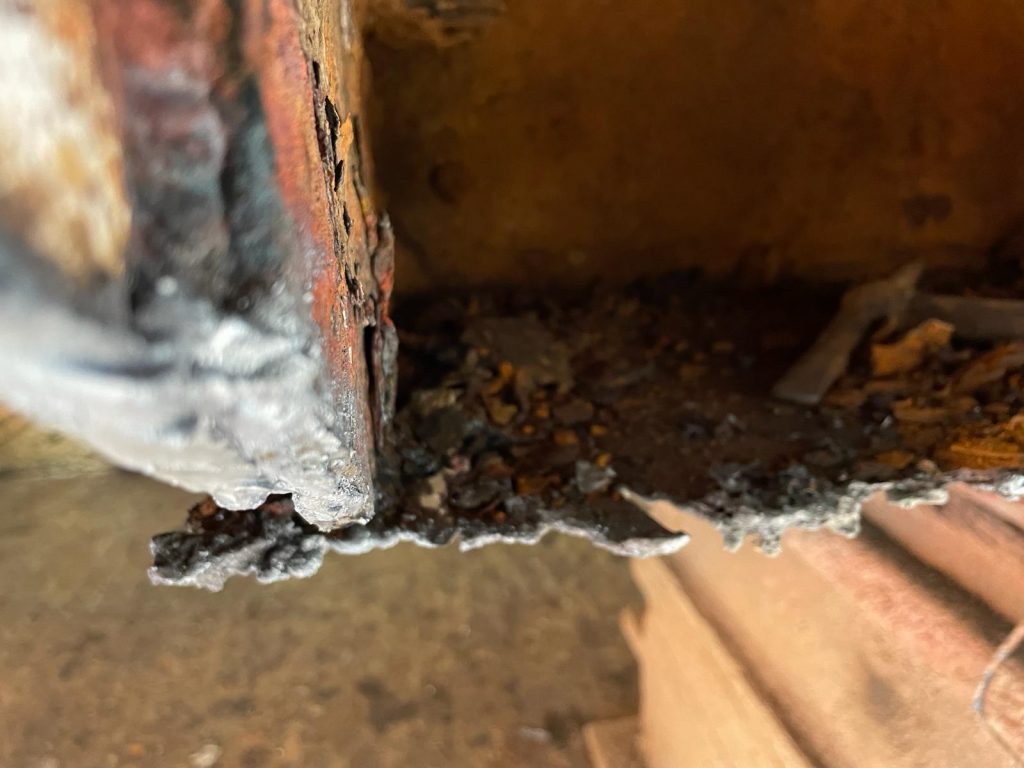
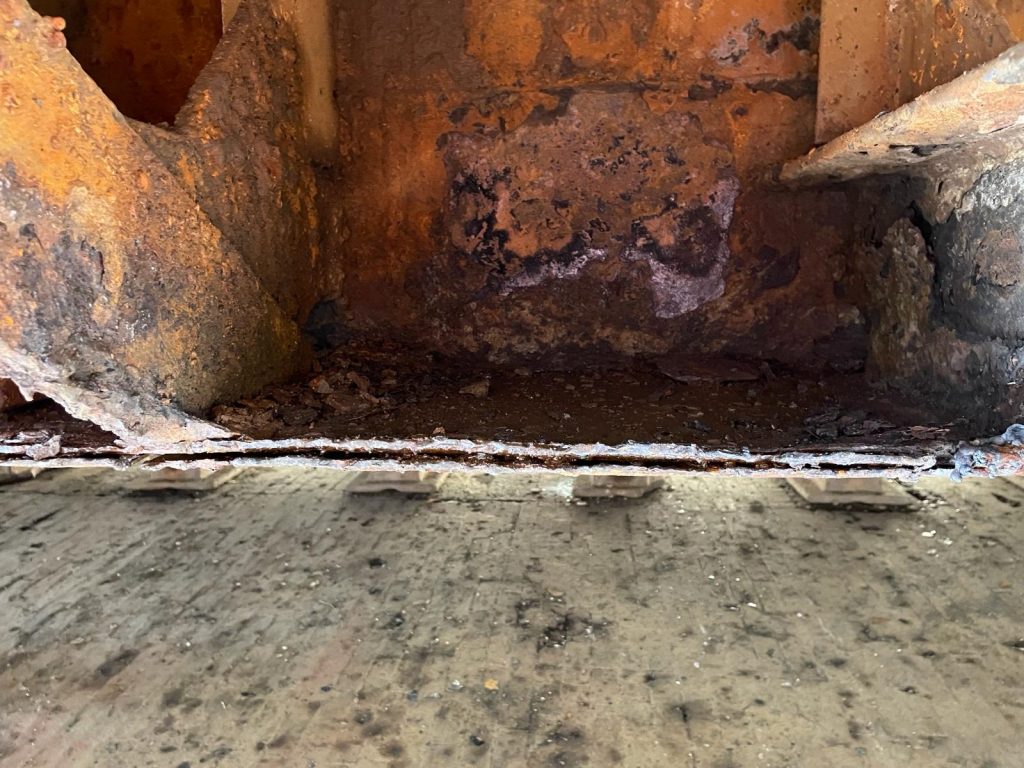
Attaching doubler plates to the underwater shell plating of a vessel is generally* to temporarily repair, and either regain watertight integrity (due to a leak) or strength (due to excessive diminution), to enable the vessel to depart on charter and continue to earn money until a suitable downtime period, when permanent repairs can be facilitated.
Doublers (doubler plates) are generally banned by societies/agencies as a temporary repair, but in our experience, they are considered on a case-by-case basis, dependent on the circumstances and severity of the damage or diminution to the shell plating, together with the resulting lowered watertight integrity or strength of the vessel.
Such issues will often lead vessel owners to desperately seek a quick fix, to ensure they can remain on charter earning money, until the vessel’s next pre-planned drydocking period, hence application of doublers as a quick but temporary repair method.
A wear plate however, is often fitted to bilge radii and/or bottom shell plating, where abrasion wear can accelerate the diminution of shell plating. These are permitted by various agencies/societies pending a justified reasoning, such as gravel barges making their way through tight winding gravel rivers, where touching the bottom and the sides of the river is a usual occurrence, causing abrasion wear.
Nevertheless, whilst these wear plates are permitted, marine agencies/societies require a pre-planned maintenance regime, where the wear plates are routinely removed for the shell plating underneath to be inspected for condition and/or thickness, and shell plating re-coated or renewed as necessary.
This is where there are some misconceptions regarding the name of such a plate, whether a wear plate or doubler, with vessel owners often happy in the knowledge that they are allowed wear plates doubled up on their shell plating, and that same can remain there forever.
Simply put, they cannot, and the many agencies/societies are clamping down on wear plates and doublers at the current time. Regardless of whether it is a wear plate or doubler, both must be removed for inspection of the shell plating beneath during drydocking period surveys, albeit dependent on its type, will determine whether same can be replaced or not.
At HL Marine, we have always discussed with vessel owners/managers the reasons behind wear plate and/or doubler removal, and whether same should be replaced or not dependent on the running conditions. But generally, if there is no risk of abrasion, it is always better to have no wear plates on your shell plating.
The thought process behind this is that we have a) Better visual access to your shell plating during dry docking periods, ensuring all are visually in a sound condition and within allowable diminution rates. b) Less costs at drydocking, having to remove wear plates to inspect the shell plating and replacing the wear plates. c) Poor application of a wear plate (unpainted) can accelerate any corrosion between the shell plating and wear plate itself.
And by no means least or finite, d) Any fracture to a shell plate weld underneath the applied wear plate will go unseen during intermediate drydocking periods, until the arrival of the time to remove wear plates and inspect the shell plating. During this time, the space between the shell plating and wear plates are often subject to accelerated corrosion and thus diminution, with the result of having to replace not only the wear plate but also the shell plate too, doubling costs (Pardon the pun).
Whilst it seems to be a relatively benign subject, the images above are evidence of what was lurking behind the wear plates of a vessel we recently attended on behalf of owners. It is well documented that the lack of knowledge regarding the parent metal or doubler plate condition is of significant concern, with the potential for sudden and catastrophic failure of the doubler and/or shell plating in way, with many vessel’s having succumbed to the sea as a result of sudden failure, such as the NTSB reported mfv Grace Marie on 8 July 2022, to name just one.
However, during purchase of a new vessel, there is always a risk of doubler plates that have gone missed by both seller and buyer, with us at HL Marine, always strongly recommending a pre-purchase condition inspection, in order to obtain a clear, concise, and impartial picture of the vessel’s shell plating condition.
Should you wish to inquire about pre-purchase condition inspections or any other topic you may need assistance with, please contact HL Marine on either of the following methods.
*Note: The use of doubler plates in way of bilge keels for instance is well documented, and are of minimal surface area in comparison to the significantly larger doubler plates attached to shell plating, used to temporarily repair strength or watertight integrity issues.

